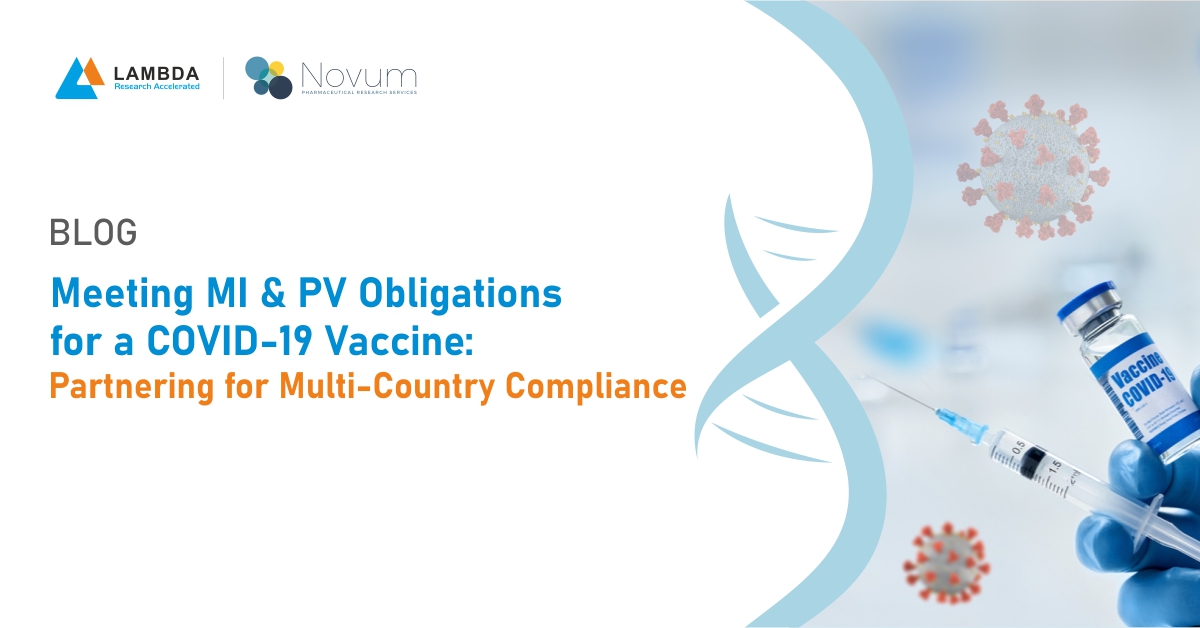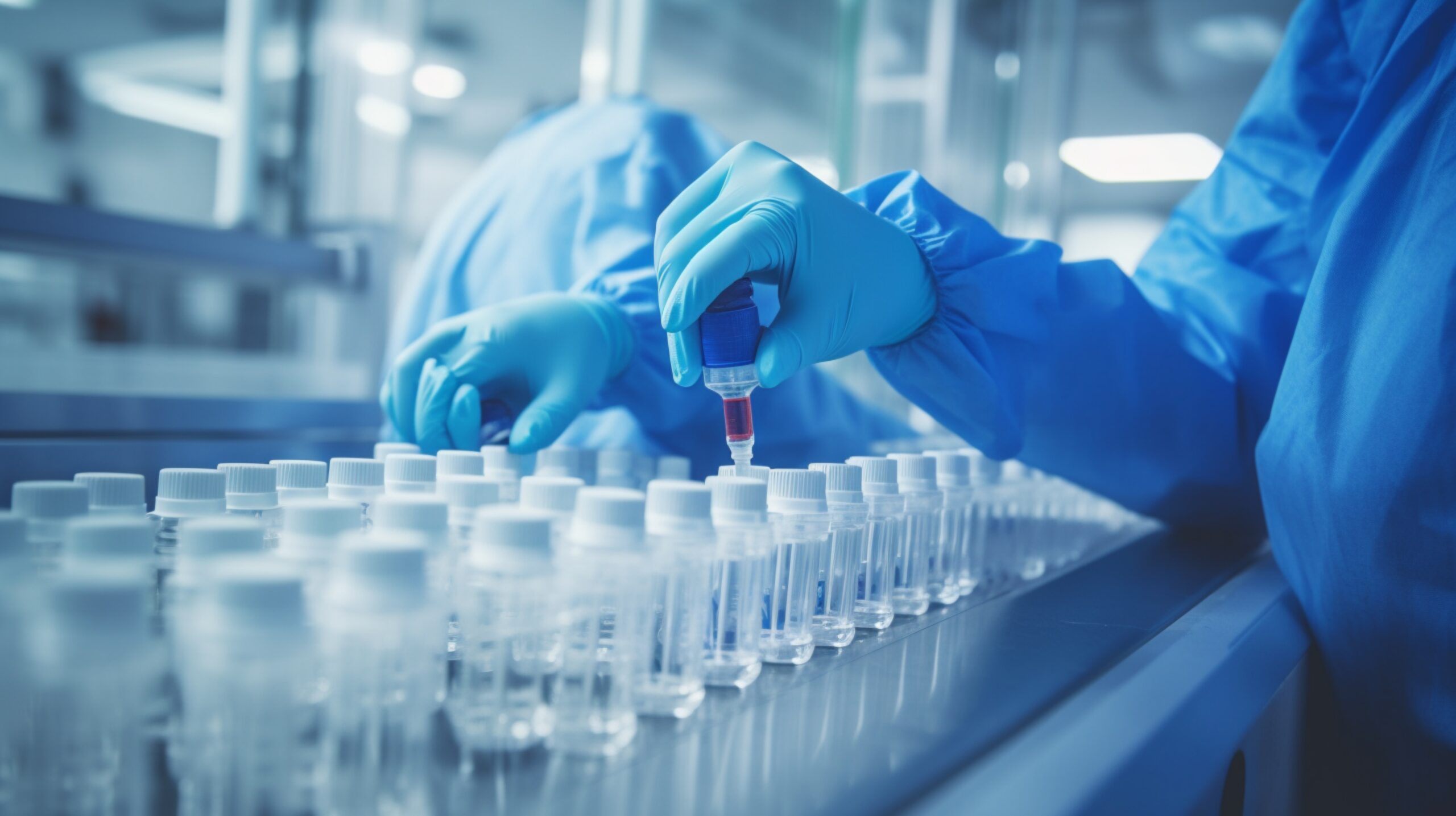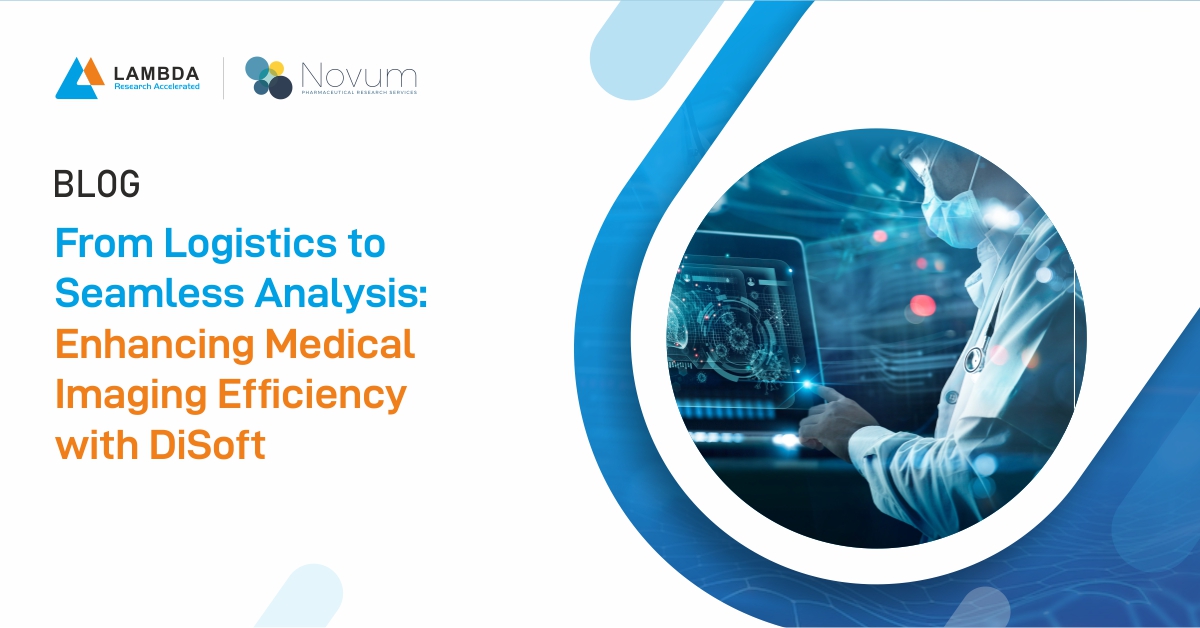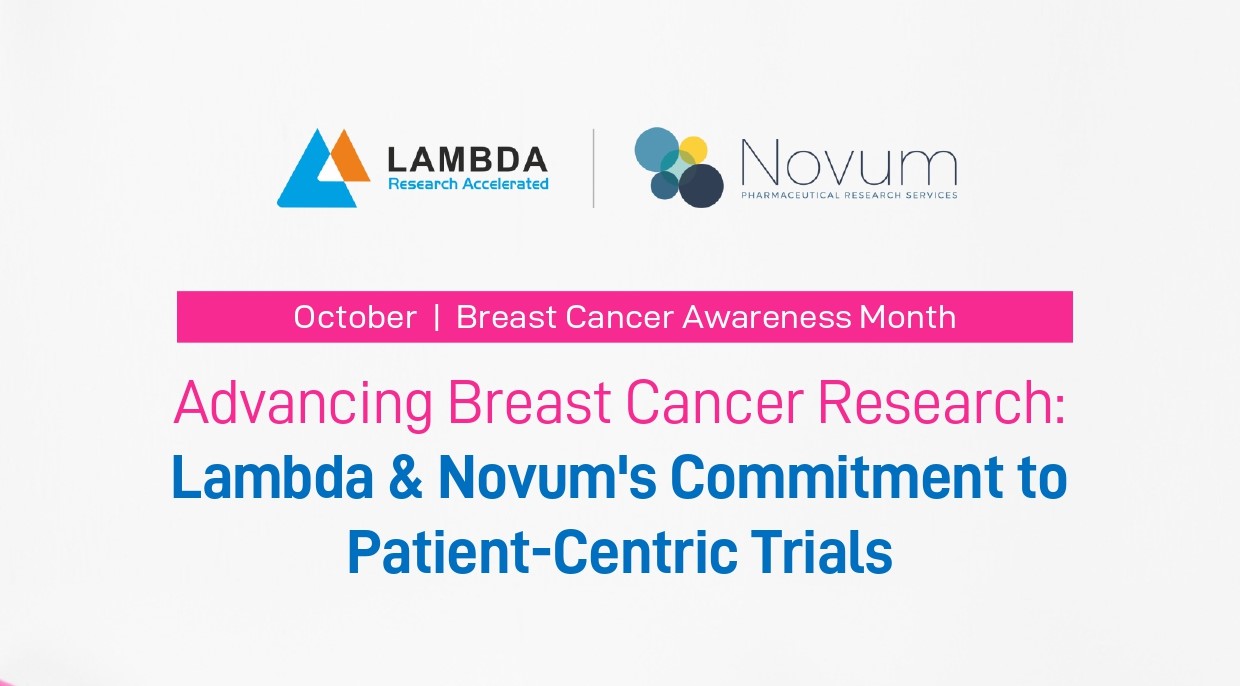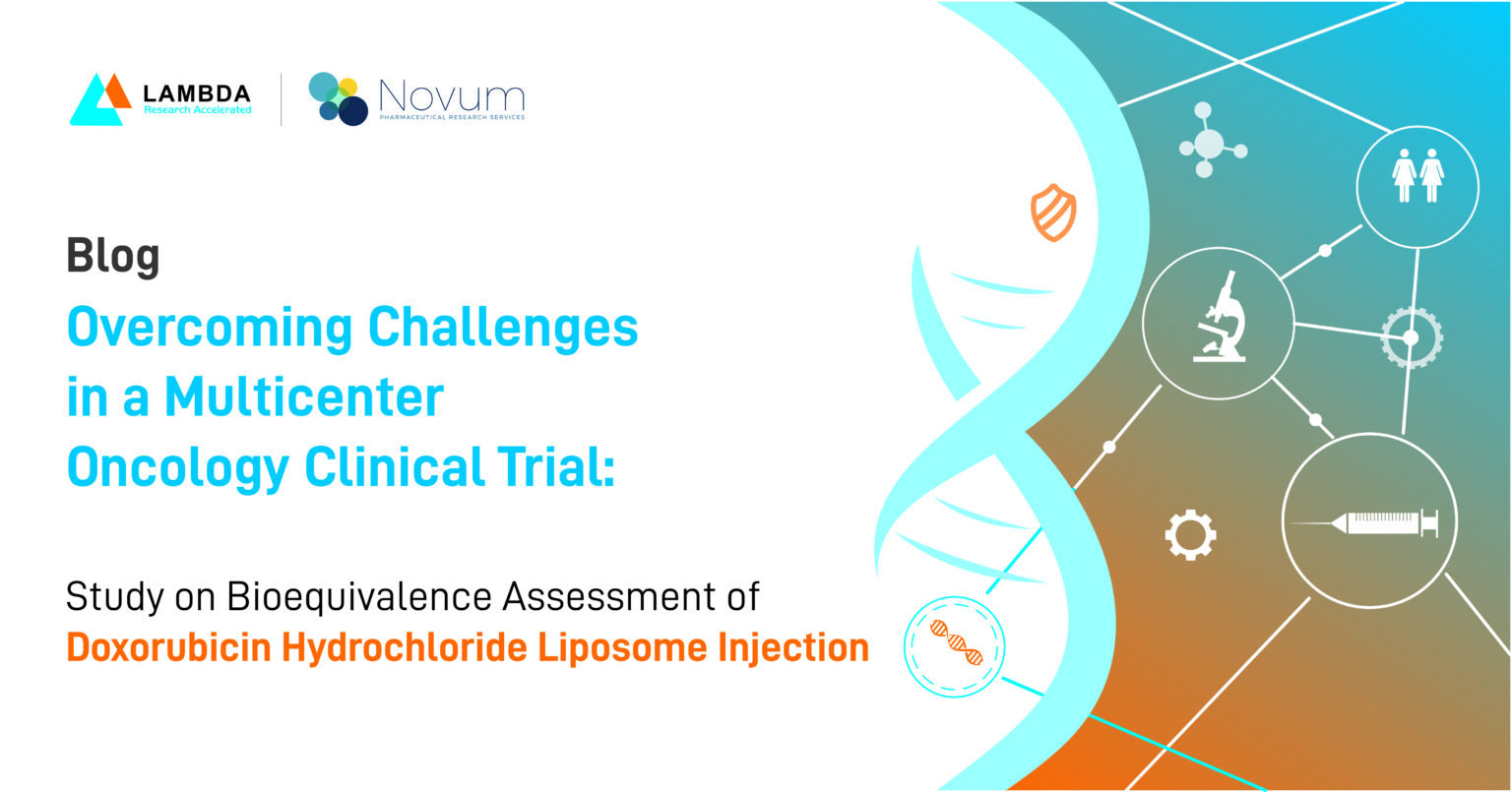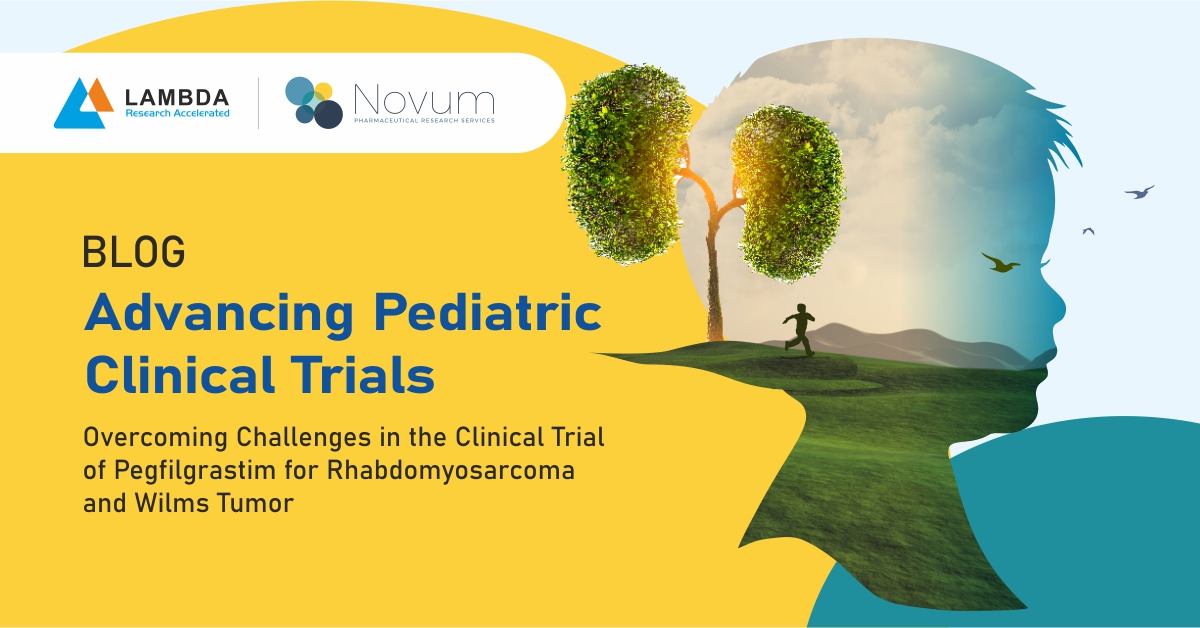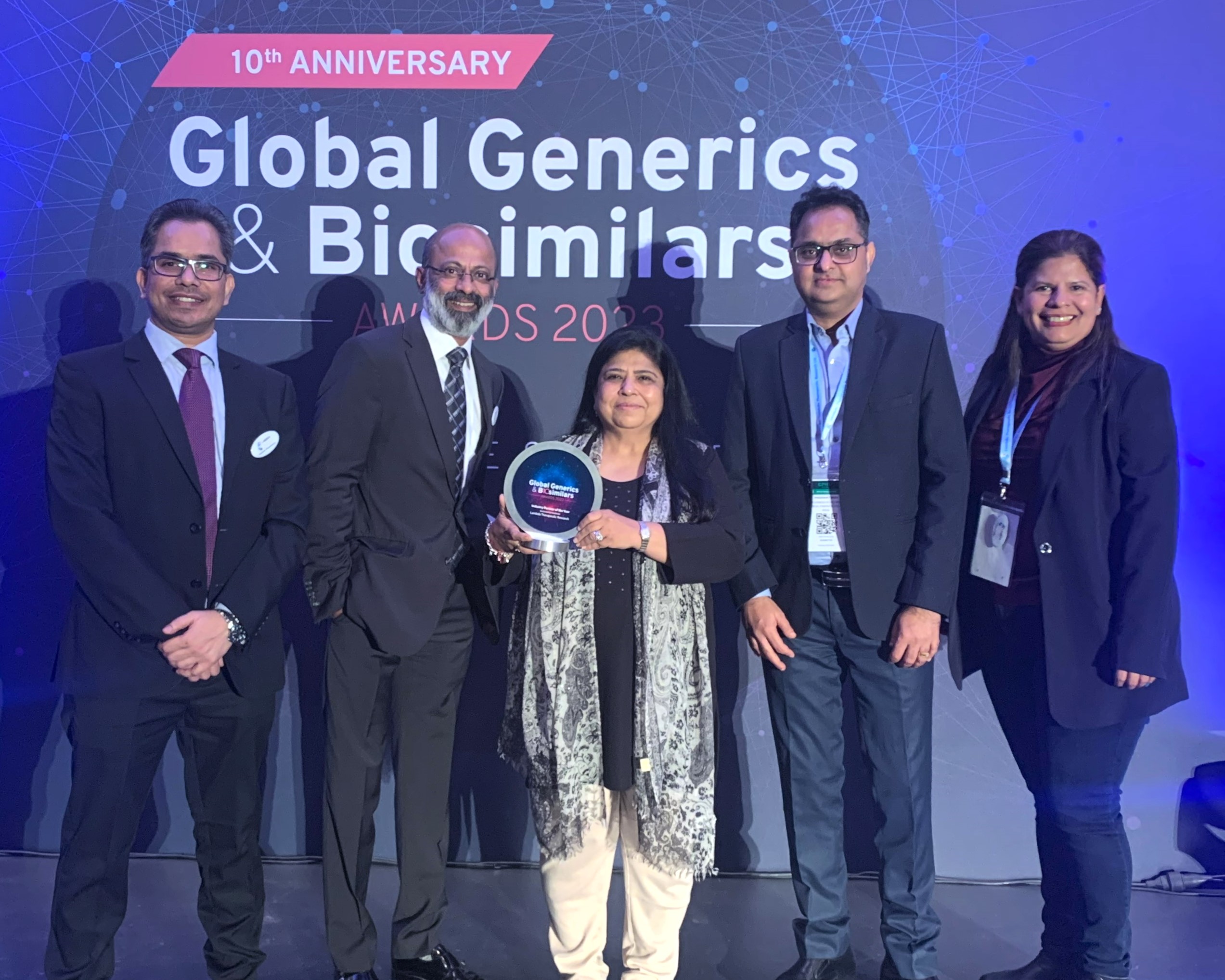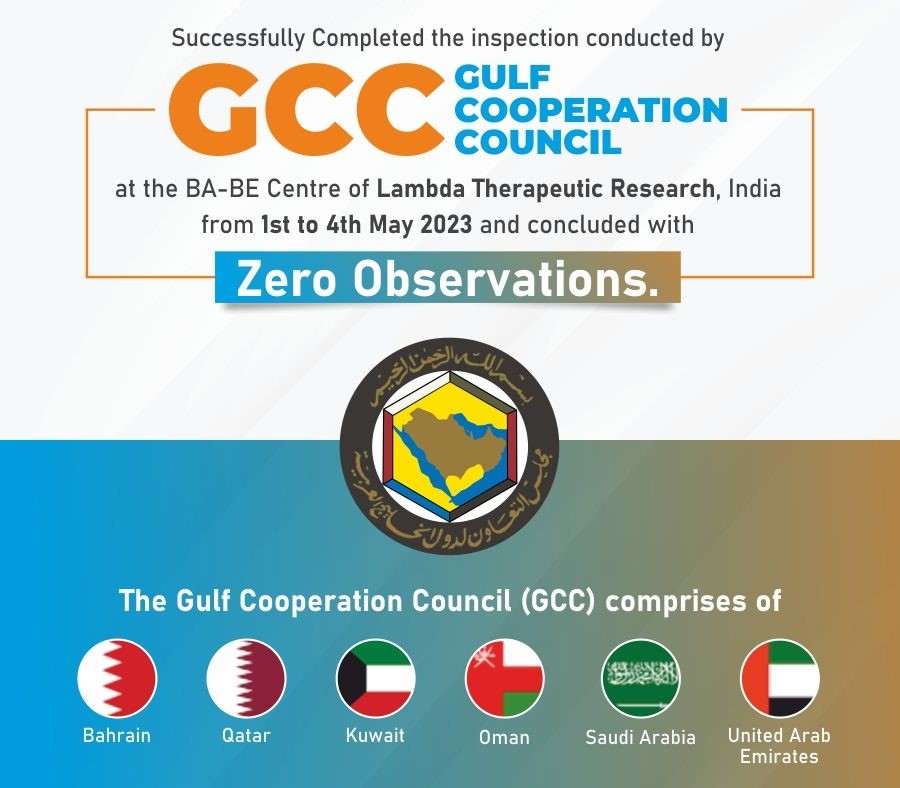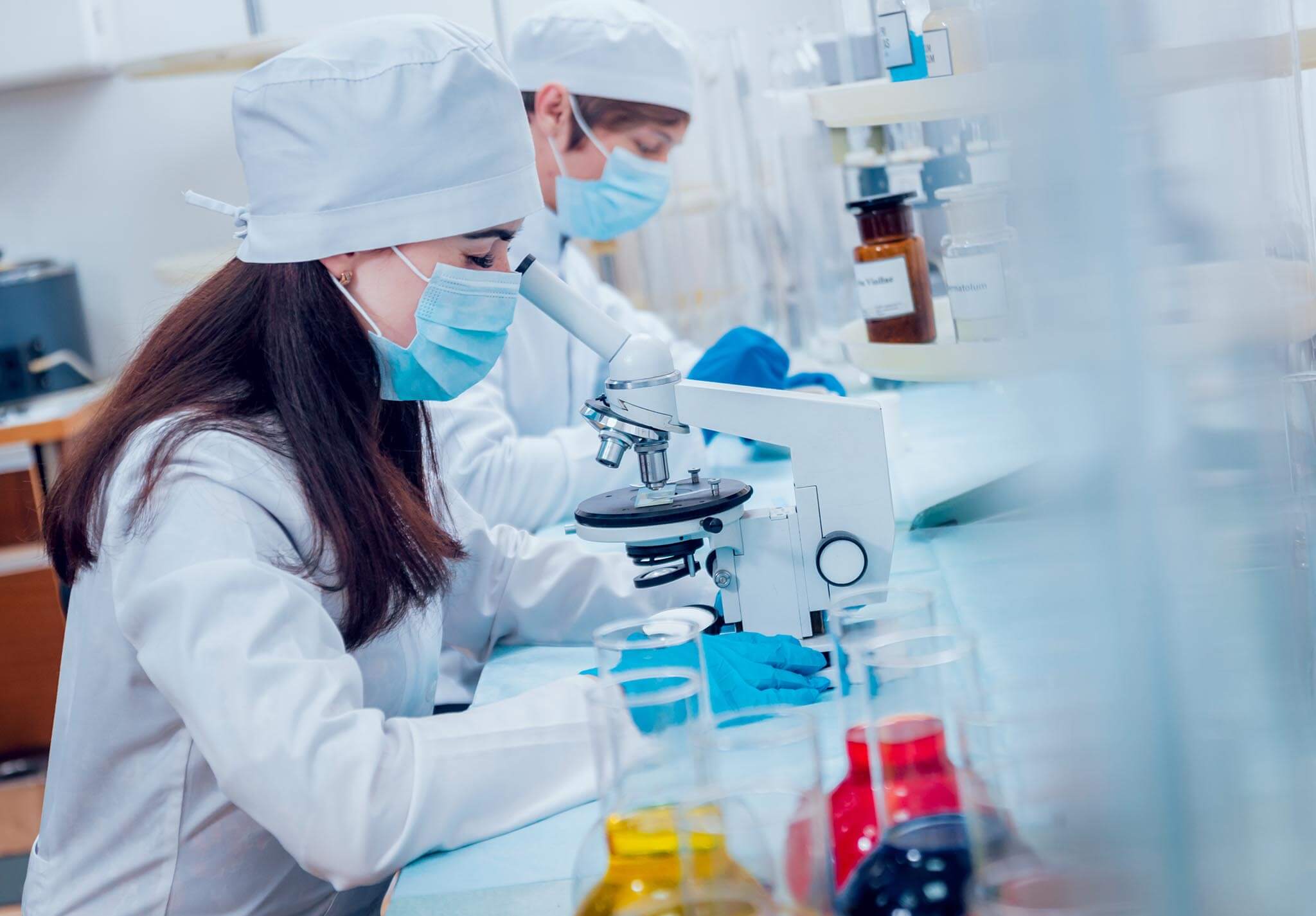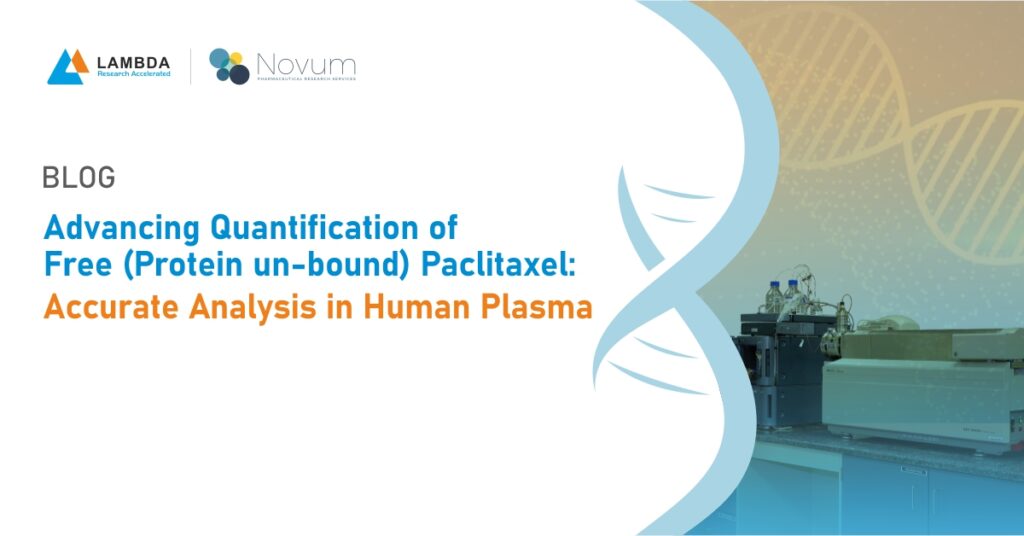Paclitaxel is a taxoid chemotherapeutic agent used as first-line and subsequent therapy for the treatment of advanced carcinoma of the ovary, as well as other various cancers including breast and lung cancer. Since Paclitaxel is used to treat various cancers, the side effects on cancer patients are a major concern.
To mitigate some of these side effects, different formulation products have been developed, such as lipid-based formulations and albumin-bound formulations. With the formulation of paclitaxel being made albumin-bound, it becomes necessary to isolate the protein-bound and protein-unbound forms of paclitaxel. Therefore, there is a regulatory requirement to characterize the pharmacokinetic assay of total and free (protein-unbound) paclitaxel from clinical samples.


Challenges
It has always been a challenge to accurately isolate and quantify the protein-unbound analyte from human plasma. The plasma protein binding of Paclitaxel is typically 89-98%, resulting in less than 10% of the drug being in the unbound fraction (free paclitaxel). The isolation of the free (protein-unbound) fraction requires the use of an ultra-filtration technique. This process involves incubation followed by centrifugation. However, due to the low percentage of the free fraction and the complexity of the isolation process, there are significant intra-day and inter-day variations that can impact the precision and accuracy of the method. Additionally, the conventional approach did not meet the acceptance criteria for matrix effects.
At Lambda, we have implemented a unique concept during the ultra-filtration steps, ensuring acceptable precision and accuracy while addressing matrix effect-related issues.
Extraction Method
Briefly, the method for the quantification of Free Paclitaxel involves ultra-filtration using a unique filtration device, followed by incubation and centrifugation. The filtration device plays a crucial role in isolating free paclitaxel from higher molecular weight proteins present in plasma and formulation products. We optimized the charged sample volume for the ultra-filtration device, as well as the incubation and centrifugation parameters to achieve consistent and reproducible ultra-filtrate plasma volumes containing the free analyte.
This ultra-filtrate portion is further processed using solid-phase extraction with an isotope-labeled internal standard (ISTD). Chromatography is performed on a C-18 column with a mobile phase consisting of ammonium formate and methanol, with a total run-time of 5.0 minutes.
This new method underwent validation for linearity, stabilities, precision, accuracy, and selectivity. Precision and accuracy batches, as well as all matrix stability experiments, were conducted using quality control samples prepared with working standards and formulation standards to support the study samples. The method exhibited excellent precision and accuracy at all concentration levels.
Results
Below are the global statistics from three precision and accuracy runs.
| Global Statistic (Formulation QCs) | ||||||
|---|---|---|---|---|---|---|
| DQC (1/5) | HQC | MQC | LMQC | LQC | LOQQC | |
| Mean (ng/mL) | 4373.938 | 1108.135 | 383.0406 | 151.4261 | 7.3544 | 3.1162 |
| SD ± | 253.8535 | 76.05937 | 34.08444 | 14.03758 | 0.55186 | 0.24647 |
| Precision (%CV) | 5.8 | 6.9 | 8.9 | 9.3 | 7.5 | 7.9 |
| Nominal value (ng/mL) | 4368.08 | 1141.76 | 376.026 | 148.837 | 7.441 | 3.083 |
| Accuracy % | 100.1 | 97.1 | 101.9 | 101.7 | 98.8 | 101.1 |
| n | 18 | 18 | 18 | 18 | 18 | 18 |
During method validation, we also conducted stability experiments to assess the matrix stability. This included benchtop stability for 13.0 hours, freeze-thaw stability for five cycles, and long-term stability in the matrix for 108 days.
Application
This validated method has been successfully applied to the analysis of study samples. An incurred sample reproducibility experiment was performed, and more than 90% of the samples were found to be well within the acceptable criteria. This demonstrates the method’s reproducibility for incurred samples.
Conclusion
A selective, precise, accurate, and highly sensitive LC-MS/MS method is now available for the quantification of Free Paclitaxel in human plasma.
As a Leading Global CRO, Lambda Therapeutic Research offers a wide range of bioanalytical capabilities specializing in cell-based assays, biomarkers, immunogenicity, and pharmacokinetics (PK). With state-of-the-art facilities and a team of experienced scientists, Lambda provides comprehensive solutions for the analysis of small molecules, biomarkers, biologics, and even trace elements.
